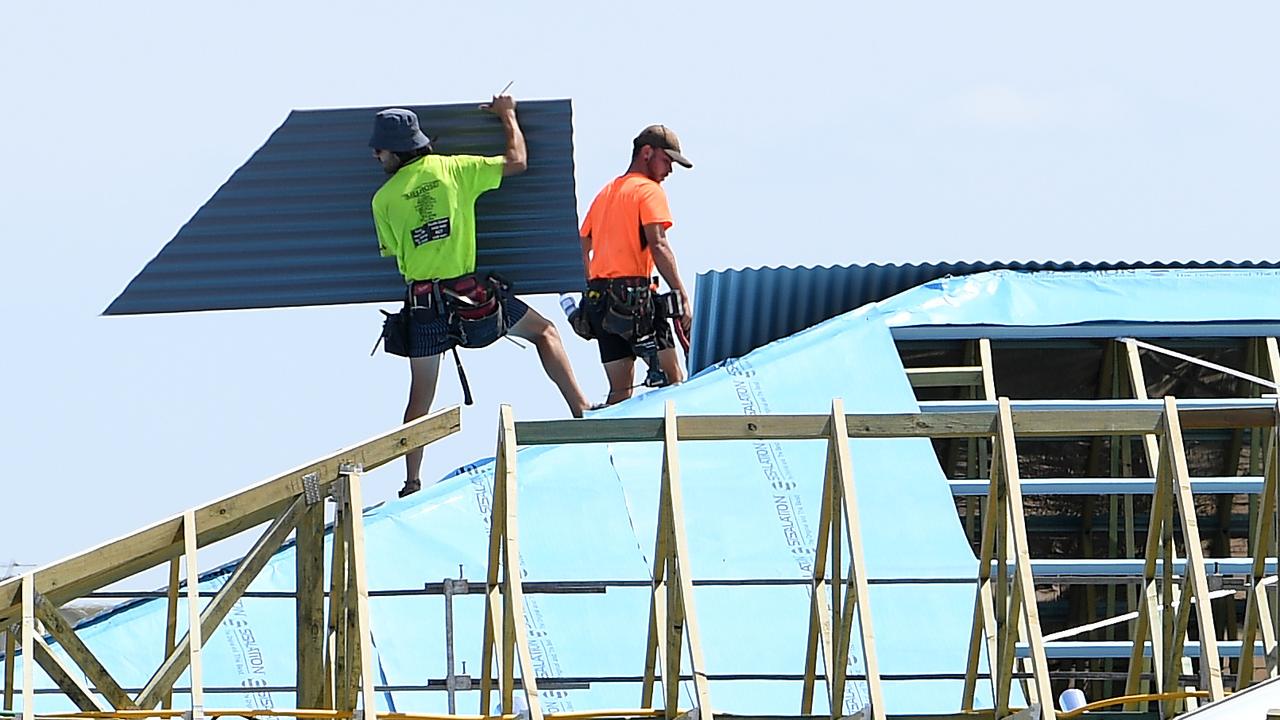Nothing to beat street smarts
I HAVE a confession. I am a streetist. I like to look at streets or, more properly, plans of streets.

I HAVE a confession. I am a streetist. I like to look at streets or, more properly, plans of streets. Streets, roads, avenues, boulevards, cul-de-sacs and crescents - I like them all.
And as for street directories, well, is there anything quite so exciting?
Whenever a new edition of Melbourne's Melway is released I get out the old version and compare where growth has occurred. Maps 130 and 131 are corkers. But doesn't everyone do this? I especially like finding an unusual street pattern hiding within the suburban grid. A bold and frankly curvaceous symmetry pokes through an otherwise monotonous suburban form at South Melbourne's St Vincent Place.
On the other side of town I especially like the way Albert and Victoria crescents embrace to form a circle around central St Alban's. And, a little further to the south, there's a square around Ainsworth Reserve in the best West End tradition. But this square breaks all the rules: it has deliberate and, to my way of thinking, wantonly rounded corners. And you thought street watching was boring!
I am also quite partial to plans of entire towns. Did you know that Mildura's streets and avenues are numbered in the New York style? Although whereas the New York grid climbs to 253rd Street, well north of Harlem, Mildura's Manhattan aspirations are pulled up at 17th Street.
And did you know that the township of Keith in South Australia is built on a square with a highway running diagonally across the lot?
I am especially impressed with Byford, 40km south of Perth, which is built on a circle. But this circle has an internal sash that, from the air, makes the whole town look like a no smoking sign.
East Geelong's streets are patriotically laid out in the form of a Union Jack (as are the pathways of Melbourne's Fitzroy gardens). All very loyal, of course, but a modern-day traffic nightmare where all roads converge at the centre of the flag.
When I die, please bury me in Adelaide's Pasadena cemetery where the graves are set out in an orderly grid. However, I am sure that this cemetery's designer was doodling on the job because the graveyard grid is overlaid with pathways set out in the form of a nought and two crosses.
South Australia is a treasure trove for the street-watching fraternity. Who could not be enthralled by the leap into street exotica at Adelaide's Colonel Light Gardens? Entry from the west is by a street confidently named Piccadilly Circus but which is in fact a half circus. And this half circus then leads to a central place known as Bedford Square which is half square, half circus.
Tasmanians have a better grasp of Latin: Hobart's Battery Point revolves around Arthur's Circus.
But for avid street watchers, the epicentre of street action is Canberra. Walter Burley Griffin placed parliament house at the centre of what he called State Circle and Capital Circle. Perhaps it was Walter's American roots, but he clearly missed a great opportunity. One more circle and a better grasp of Latin and we could have had parliament house sitting on top of a three-ring circus.
KPMG partner Bernard Salt is now on Facebook; bsalt@kpmg.com.au; twitter.com/bernardsalt



